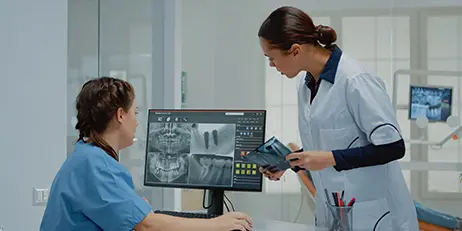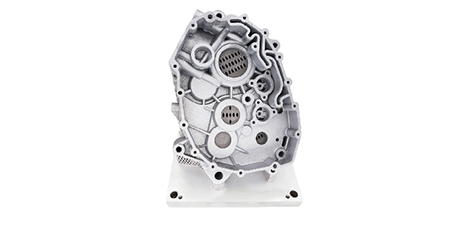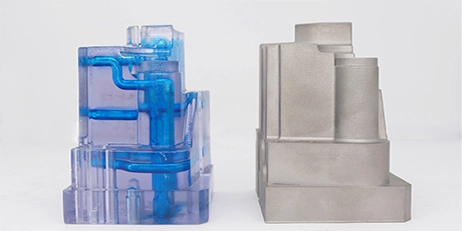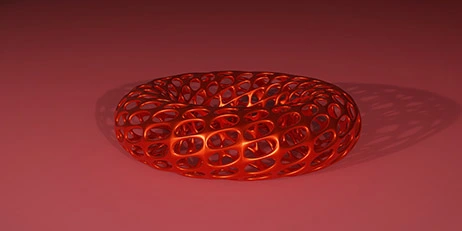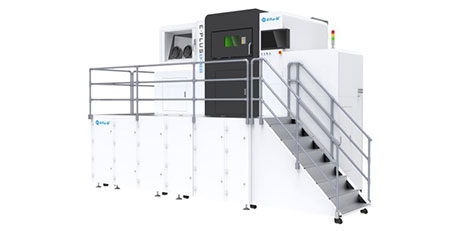In recent years, dental restoration based on software design has become popular, and many dental clinics, laboratories or professional denture manufacturers have introduced dental 3D printing technology. Digital oral technology combined with 3D printing has brought dental data with high precision, low cost, high efficiency, and a standardized production chain to the dental industry.
1. The application of 3D printing technology in dental
Many dental offices or laboratories utilize 3D printers to create models of patients' teeth. The 3D data needed to make the model can be collected by direct scanning of the oral cavity (it takes about 2 minutes to scan the entire oral cavity), or by indirect scanning of traditional physical models. Dental 3D models can be used as molds and aid in the production of crowns, dentures, etc. using traditional methods.
Another function is similar to the 3D model of orthopedics and tumor surgery, that is, it is used to simulate, plan the surgical process, or communicate the surgical process with patients.
In addition, dental aligners produced by dental 3D printing technology are also being applied. Compared with traditional orthodontic appliances, 3D printed transparent orthodontic appliances are not only invisible and beautiful, but also have a size that is more suitable for the patient's dental status at each stage during the orthodontic treatment.
Compared with the traditional method, which needs to rely on the experience of the dentist to make adjustments, this orthodontic technique has more advantages. The use of 3D printing technology to make restorations such as dental crowns and fixed bridges of metal materials has also become a technology applied in the dental industry.
In conclusion, 3D printing brings the efficiency of digital dental technology to the production stage. By combining oral scanning, CAD/CAM design and 3D printing, dental laboratories can accurately and quickly produce a series of dental products such as crowns, dental models, and aligners.
2. 3D printing technologies commonly used in the dental industry mainly include:
Photosensitive resin selective curing technology (SLA), selective laser melting technology (SLM), inkjet printing technology (Polyjet), metal laser sintering technology (DMLS). But each technology is suitable for processing different dental products.
SLA technology is mainly used in the manufacture of dental surgical guides, temporary crowns and bridges, and resin models for lost-wax casting. The materials used for restorations such as crown fixed bridges mainly include dental gold alloys, titanium alloys, cobalt-chromium alloys, and stainless steel. These restorations require high precision and the shape of the restorations is relatively complex.
SLM technology has great advantages in the manufacture of oral restorations because of its rapid and direct manufacturing of precise and personalized complex metal structures. Polyjet technology has many use cases in the production of dental models, surgical guides, veneer models, orthodontic appliances, delivery and positioning trays, and associated laboratory and business design for all types of models.
The principle of DMLS technology comes from selective laser sintering (SLS). Traini T and others have used DMLS technology to directly manufacture porous dental implants made of functionally graded titanium materials.
